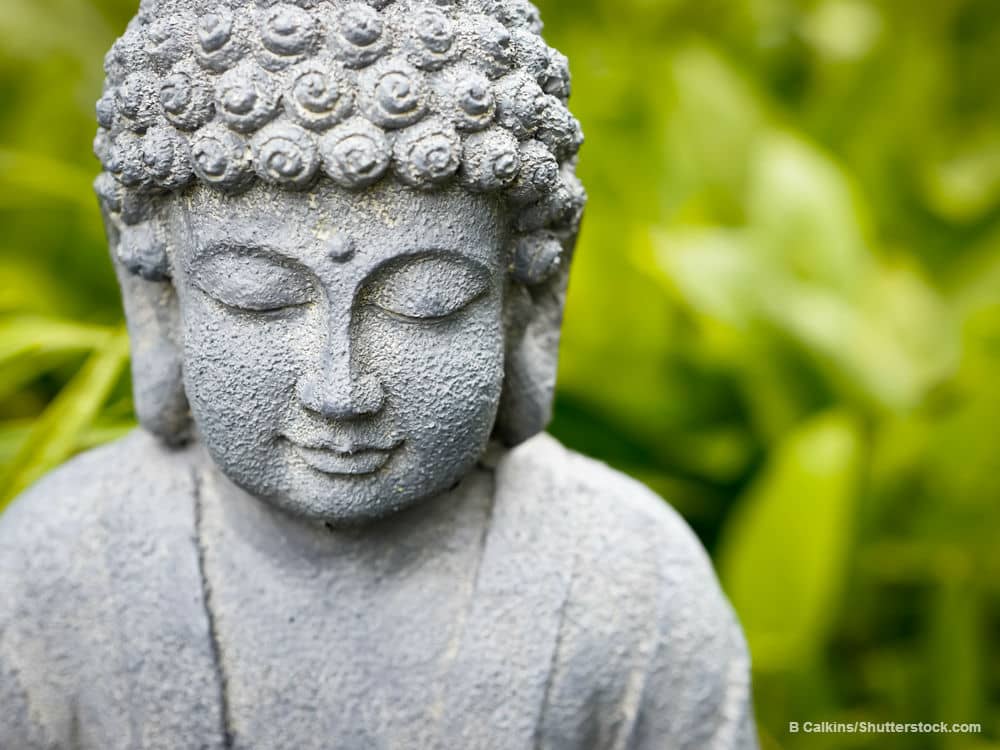The holy man's presence was good cause to celebrate because Ulan-Ude, capital of Buryatia, a 500-mile-long Russian republic between Lake Baikal and the Mongolian border, has a reputation as a wild, unvisited place.
Yet the 350,000-strong Buryats, the largest ethnic minority in Siberia and overwhelmingly Buddhist, have experienced a spectacular revival in the decade since the fall of the Soviet Union, said Gennady Ivanov. Buddhism's revival part of the general revival of religious faith in Russia since official Soviet atheism ended.
Ivanov, an ethnic Mongolian with a Russian name, was busy amid the white and basalt ministries of Ulan-Ude's Soviet-style city centre erecting a platform from which the republic's president, Leonid Potapov, was due to deliver a rousing New Year address.
"Until Mikhail Gorbachev and perestroika, we were outcasts in our own land, forced to hide our religion and to practise only in secret, punished if we kept to the faith," Ivanov said.
"Now we look our Russian brothers and sisters in the eye because, like them, we can once again savour the taste of old freedoms. We have won, we have overcome," he added with the defiant look of Ghengis Khan, whose mother is said to have come from Buryatia.
Yet the fine mesh of Buryatia's opposing faiths, the Buddhist and the Bolshevik, was also evident in the architecture of Ulan-Ude's main square itself. Across from the makeshift platform, and sitting upon a crumbling stone block, was what is said to be the biggest head of Lenin in the world. It was the size of an asteroid.
However, Potapov seemed artfully to blend the two traditions in a presidential address that oscillated between a kind of Tantric stillness and calm, and the Soviet sense of a long march into the glorious future. "Our people greet the new year, the new century, the new millennium, with high hopes of a better life and strong economy," Potapov told a crowd largely made up of fur-hatted Mongol moneychangers.
But for many of them, clutching grimy ruble notes and stamping up and down to keep warm in the market square, economy began at home -- not in politicians' speeches -- and hard cash was the only bankable religion.
In the Gostinny Dvor, or "merchants yard," the variety of goods offered for sale was astounding, but even more astounding was the variety of those doing the offering.
Not only were there Buryats and Russians, but also Ukrainians, Belarussians, Armenians, Afghans, Serbs, Croats, Romanians, Lithuanians, Albanians, Bulgarians, Gypsies, Koreans, Kazakhs, Azerbaijanis and Uzbeks.
There were Mongols hawking sheepskins and Chinese vending Buddhist lunar calendars, as well as Vietnamese selling shirts and leather jackets to one of the more unlikely minorities in Siberia, the ethnic Tutsis of Rwanda.
"We came to see the beautiful Lake Baikal, and because we have Russian friends who told us of the rich mix of people and culture in Ulan-Ude," Fidel Kagame, operations manager for the Kigali-based Goldman import-export agents, told AFP.
By 1939, all the datsans were gone and Stalin, the Soviet strongman, had sent thousands of lamas (Buddhist priests) to the Gulag, though in recognition of wartime support from religious groups, he did allow a few monasteries to be rebuilt after World War II, including one at Buryatia's Buddhist headquarters in Ivolginsk.
Today, Buddhism is again practiced openly by the masses here. Once again, it has been designated an official and traditional Russian faith by Moscow, along with Orthodox Christianity, Islam, Judaism and "Christianity," a loosely defined term interpreted variously in different parts of the vast Russian nation, sometimes to exclude unwanted Protestant sects.
A crowd of pilgrims gathered under the tilted eaves of th monastery's temple that levitated in bright yellow, to hear the chief priest Bayir murmur the "Om mani padme hum" chant of Tibetan Buddhism, the form of the religion widely adhered to across much of north-central Asia way beyond the political boundaries of today's Chinese-controlled Tibet.
The porch of the temple was carved with Buddhist icons: the deer of Benares, the Wheel of the Law. Inside, an oil painting of the Dalai Lama, who has visited Ivolginsk five times, stared out from an explosion of colour.
Bayir had the same winning smile and self-effacing charm as the Dalai Lama, Buddhism's best-known spiritual leader, and he expressed mock surprise to find English tourists, including two small children, so far off the beaten track.
"Don't tell me -- you're not Buddhists, are you? Or did you just come to escape your dreadful weather," he said, looking up at the wide blue sky and taking a lungful of minus-30-degree Celsius (minus-25-degree Fahrenheit) air.
"I've never been to England -- I was born here in Buryatia and would never leave -- but I know from books that it rains in England every day. And then you have the smog!" he added, evoking the London of Dickens and Conan Doyle, both still widely read in Ulan-Ude across the vast distances of geography and time.

